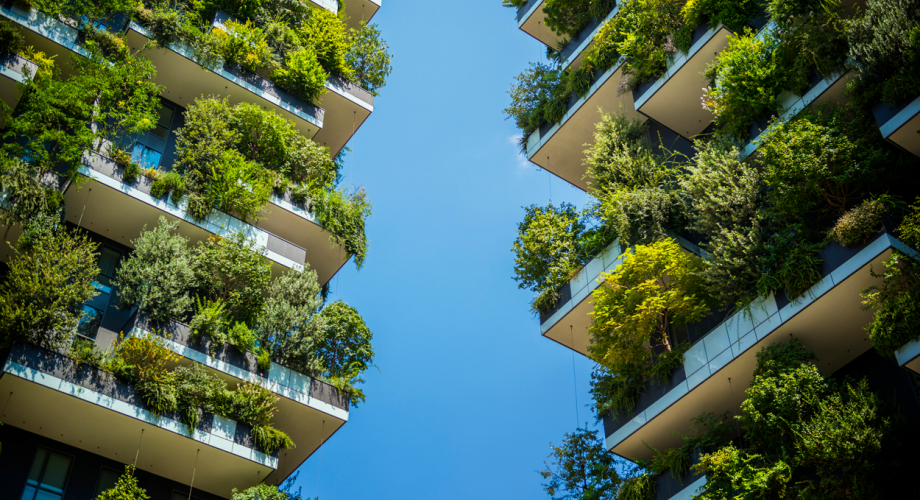Going green attracts residents, can push rents.
Holly McQueen has a soft spot for water. As Vice President and Regional Property Manager in Jacksonville, Fla., for Newtown Square, Pa.-based GMH Capital Partners, which operates 6,000 student and conventional units, McQueen makes sure her apartments have the latest low-flow toilets, fixtures, showerheads and auto-sensing dishwashers. She installs leak detectors to make sure a running toilet or drip doesn’t result in a shock on the water bill, has her maintenance teams perform routine checks on equipment and selects drought-resistant grasses, plants, shrubs and trees at her properties.
“We make a very conscious effort to be sustainable and green,” says McQueen. “One way to do that is by conserving water.”
The benefits are not just lower water bills -- even as water rates continue to rise nationally -- but also a marketing advantage with prospects in her local market, particularly Millennials.
“Today’s residents are concerned about the environment. They’ll seek out an apartment community that has an active green initiative,” says McQueen, whose properties engage in social media campaigns to keep residents informed of the savings. “By conserving water, you are not just reducing your expenses and negative impact on the environment but increasing your NOI by being occupied. Visible reminders of the impact you have on the environment go a long way.”
More Money from Savings and Rent
McQueen’s focus on conserving water – and letting her residents know about it -- is one example of how apartment operators are using technology to enable and market sustainability and conservation at their buildings today. Doing so not only helps attract prospects and residents who are increasingly environmentally aware, it also adds to operators’ bottom lines, and can actually result in higher rents.
Just look at Miami-based Pensam Residential, which currently counts 15,000 units in its portfolio. After seeing its water rates increase 10 percent year over year, the firm decided to focus on water efficiency at TAVA Waters, a 1,523-unit community in Denver, by installing low-flow faucets, showerheads and toilets. Doing so cut water bills at the property by 30 percent. The firm then was able to transform those savings into income by stressing the total cost of renting to residents.
“We’ve been able to push rents,” says Eddie Reiner, Director of Asset Management at Pensam. “What we’ve found is that everyone likes the idea of sustainability, but what they’re really focused on is their monthly bill. So, by explaining and educating residents on the utility savings, it makes the rent increase conversation a lot easier at lease renewal. It’s a win-win for all stakeholders involved.”
A Marketing Push Like Any Other
Indeed, at the Promenade at Belleair, a 145-unit community in Clearwater, Fla., the company ran a marketing campaign called “Belleair Cares,” to highlight the water and energy saving retrofits it made at the property, and actually markets those sustainable aspects as it would any other amenity.
“Our Belleair Cares campaign shows all the green initiatives we're doing to the property in terms of water and energy conservation,” Reiner says. “So, we’re educating residents that we’re doing this, just as we would if we were upgrading the fitness center, or giving them a brand new club house or business center. We’re doing the same type of advertising and promotion of our conservation methods.”
The Differentiation of Sustainability
Reiner’s point about residents responding to sustainability, as long as it fits into their monthly budget, is something other apartment pros note, too. At Chicago-based Downtown Apartment Company, a brokerage that specializes in luxury rentals and serves 180 buildings, Director of Leasing Ericka Rios says sustainability may not always be the marquee selling point for the properties she leases, but it can help close a deal.
“Sustainable features aren’t usually at the top of their list in terms of must-haves,” Rios says. “But they do like the idea of living in an environmentally-friendly building. Once a client narrows down the search, those eco-friendly practices can set the building apart from other residences. Apartments with eco-friendly dishwashers, laundry units, and programmable thermostats for lower overall utility costs score big points.”
Conservation efforts and sustainable tech can also score big for owners.
At New York-based affordable housing firm Jonathan Rose Cos., which owns 15,000 units, its Director of Design and Construction Christopher Edwards says the firm has netted a 26-percent reduction in water use by installing low-flow toilets, faucets and showerheads, and estimates its return on those upgrades has been 14 percent. The firm has installed sub-meters in its buildings in order to educate residents on their water use, and proactively highlights green aspects of its properties to residents at move in.
“It’s important for us to be transparent, and give residents data, to incentivize them,” says Edwards, who notes the company has explored monthly rewards programs to give residents gift certificates when they conserve. “We give an orientation at move in on the green aspects of our properties, from energy conservation to water conservation, and even green cleaning. It’s really trying to foster awareness of the effects all of that has on the environment.”
By marketing sustainability at properties, operators can not only save expenses and increase rents, they can also know they’re actively being part of the solution when it comes to buildings’ impacts on the environment.
“Above all else, you want to educate your residents on how they can conserve,” McQueen says. “One small change can make a big impact.”
